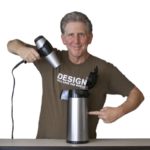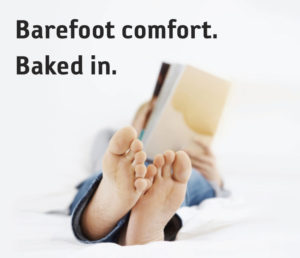 So the size of the home and the way it was constructed establishes that load, and from that moment forward the owner is committed to carrying it. I think of that load like this suitcase. Here’s the load you will be carrying around as long as you live here. And when you sell the home, you hand that load to the next person and now they get to carry it.
So the size of the home and the way it was constructed establishes that load, and from that moment forward the owner is committed to carrying it. I think of that load like this suitcase. Here’s the load you will be carrying around as long as you live here. And when you sell the home, you hand that load to the next person and now they get to carry it.
The cost of that load might inspire them to lighten it some by adopting a new standard of comfort, like bundling up and turning down the thermostat. But the part that was baked in when the home was built remains fixed in place.
 If we were to instead consider that energy is precious and choose to design and build differently, we can trade in that big burden for a much lighter load. With that lighter load baked in, the next owners benefit, and so does our environment.
If we were to instead consider that energy is precious and choose to design and build differently, we can trade in that big burden for a much lighter load. With that lighter load baked in, the next owners benefit, and so does our environment.
 We achieve this performance by being miserly with the energy we use. When we want to keep something hot for a long time, we use a thermos. Well these homes employ the same strategy, with super insulation and air tightness and no thermal bridges we sustain the temperature we used energy to create for a long time, just like our thermos. As a result, we can use systems that use very little energy, the equivalent of a blow dryer or two.
We achieve this performance by being miserly with the energy we use. When we want to keep something hot for a long time, we use a thermos. Well these homes employ the same strategy, with super insulation and air tightness and no thermal bridges we sustain the temperature we used energy to create for a long time, just like our thermos. As a result, we can use systems that use very little energy, the equivalent of a blow dryer or two.
And that’s not all. When we build this way we also experience levels of comfort, health, durability, and energy security that those homes built for the world as it was never imagined, and most of us have never experienced. In fact, we won’t need those sweatshirts at all.
 When we build we have a choice to leave this legacy: a lighter load and barefoot comfort – baked in!
When we build we have a choice to leave this legacy: a lighter load and barefoot comfort – baked in!
